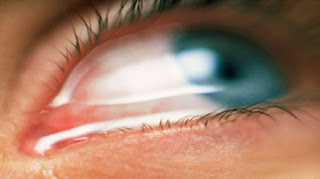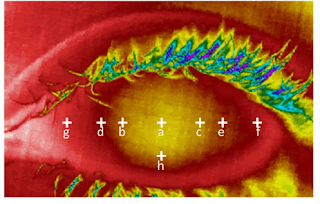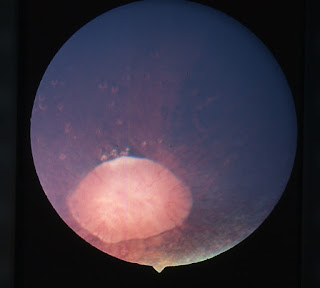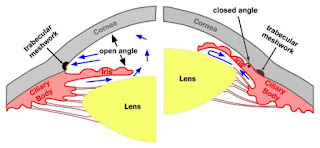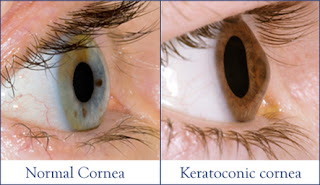A 35 year old female presented with
sudden painless decrease of vision in her right eye. Visual acuity in her right
eye was 6/12 on distant Snellen’s acuity chart. A relative afferent pupillary defect was noted. Fundus examination in right eye showed optic disc swelling,
retinal opacification and retinal edema with a perfused area of retina (Figure
1, arrowhead) at posterior pole suggestive of central retinal artery occlusion
with patent cilioretinal artery.
A detailed medical history revealed that she
had taken a dose of depot progesterone three months back for contraception.
Complete haemogram, coagulation profile and lipid profile was normal. Carotid Doppler showed presence of a thrombus in right internal carotid artery for which she is under care of cardiologist. Central retinal artery occlusion with
a patent cilioretinal artery presents with constriction of visual fields but
central vision is preserved.


